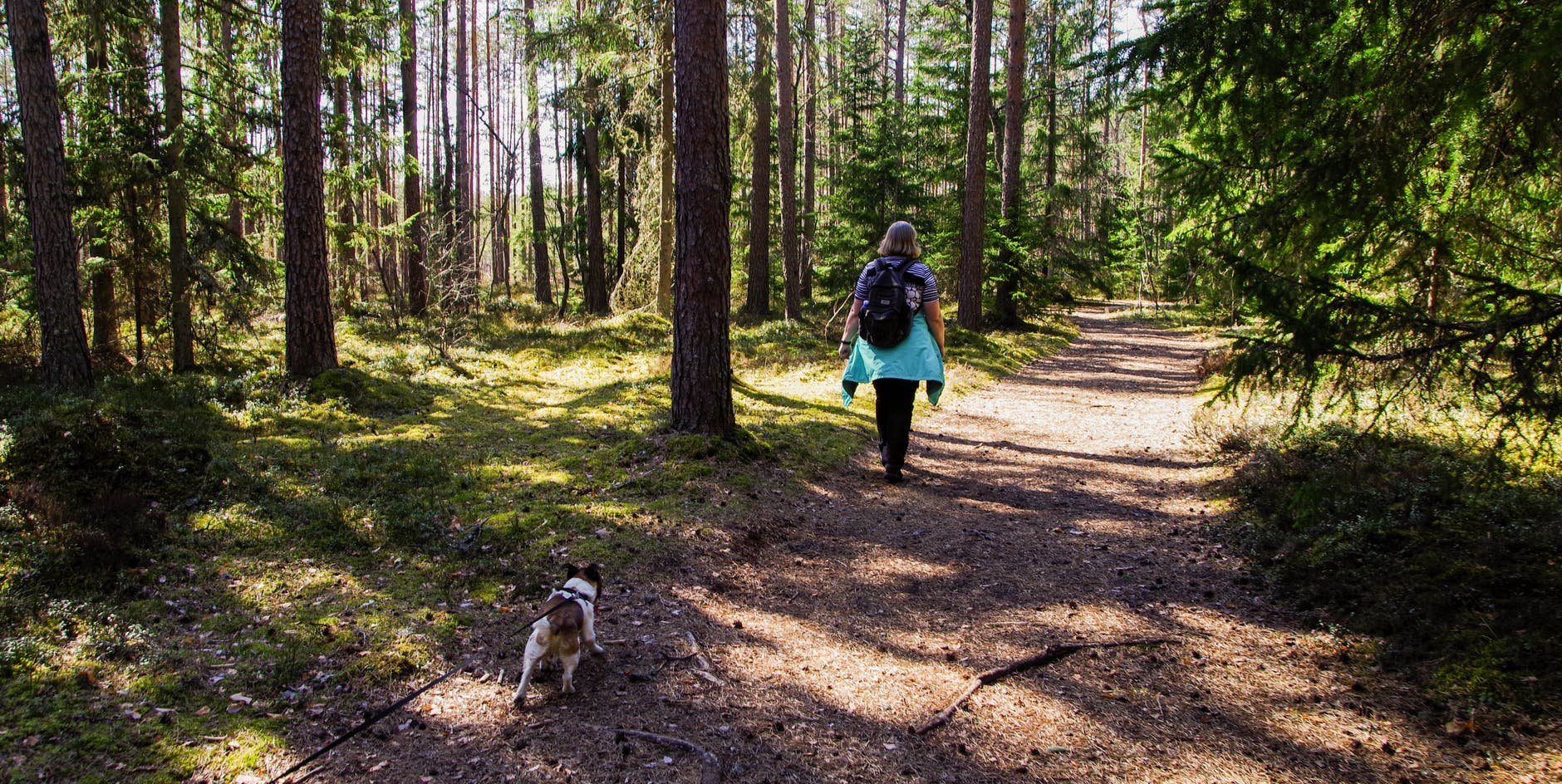
“Of all the paths you take in life, make sure a few of them are dirt.”
~John Muir
Recreation and cultural resources are the non-material benefits people gain through spiritual enrichment, cognitive development, reflection, recreation, social connection, health, and artistic and aesthetic experiences.
- Inspiration. Ecosystems provide a rich source of inspiration for art, folk- lore, national symbols, architecture, and advertising.
- Aesthetic values. Many people find beauty or aesthetic value in various aspects of ecosystems, as reflected in the support for parks, “scenic drives,” and the selection of housing locations.
- Social relations. Ecosystems influence the types of social relations that are established in particular cultures. Fishing societies, for example, differ in many respects in their social relations from nomadic herding or agricultural societies.
- Sense of place.Many people value the“sense of place” that is associated with recognized features of their environment, including aspects of the ecosystem.
- Cultural heritage values. Many societies place high value on the maintenance of either historically important landscapes (“cultural landscapes”) or culturally significant species.
- Recreation and ecotourism. People often choose where to spend their leisure time based in part on the characteristics of the natural or cultivated landscapes in a particular area. Cultural services are tightly bound to human values and behavior, as well as to human institutions and patterns of social and economic organizations. Perceptions of cultural and recreational services are more likely to differ among individuals and communities than, say, perceptions of the importance of food production.
Source: Assessment, M. E. (2005). Ecosystems and human well-being: wetlands and water. World Resources Institute.